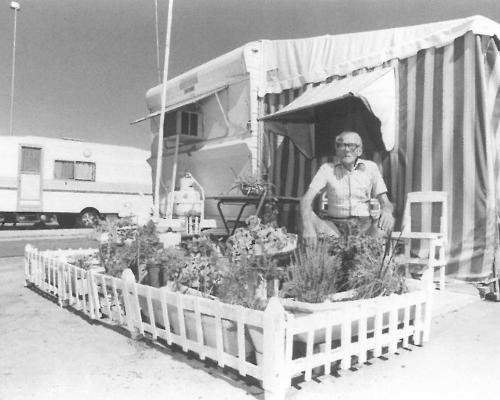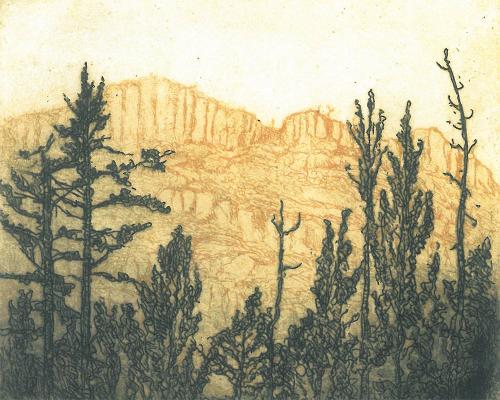With an already hectic social calendar, Adelaide – in the Festival State - has added yet another festival to its burgeoning list. In its fifth year, the state-wide celebration of South Australian Living Artists, up until last year known as SALA Week, has proved so successful that the traditional week-long program has metamorphosed into a festival event.
So what's in a name? Renaming the SALA Festival brings with it a shift in audience perceptions regarding the standard of product being consumed. Though the focus of SALA has always been the celebration of talent and imagination of living artists working in South Australia, the expectations accompanying a festival is one of quality and coherence.
Unique in its dedication to the visual arts, the SALA Festival offers its audience an array of entertaining, informative and interactive events despite the fact that it is both geographically and thematically disparate. Boasting 181 venues throughout the state and over 500 hundred participating artists, the SALA program faces the age-old dilemma of quantity verses quality. Festival coordinator Alison Leach states that traditionally it is a community-based event, and does not have a governing body determining what will be included or excluded. Rather its function is to showcase and promote the multitude of artists living and working in South Australia in an inclusive way and it was perceived to be a well organized, professional event. The user-friendly layout of the festival brochure and website successfully catalogued a wealth of information into a comprehensible and enticing format, with the inclusion of maps and an updated daily events program alerting audiences to upcoming artist talks, demonstrations and open days in galleries and art spaces.
The SALA festival acts as an armature for artists and galleries enabling them to reach and develop a broader viewing audience. With an increase of audience numbers this year, it set a benchmark for itself for the volume of publicity received through all media channels.
Encouraging audiences to determine their own viewing experiences, the consistently disappointing element within the SALA Festival was, unfortunately, the shortage of stimulating, innovative and thought-provoking art experiences. With the emphasis on recruiting new viewers, numerous galleries sought to capitalize on audience numbers under the festival banner, without necessarily catering for an educated viewing audience.
Paul Greenaway, Chair of the SALA board, spoke of the necessity to re-educate audiences about the dynamics and unpredictable nature of the festival. The provision of additional guidance to venue coordinators about successful promotion and presentation of artists is a support mechanism that needs to be improved. He states, 'The development of the SALA festival is an ongoing process, and as a part of the cultural calendar, will continue to grow and survive as long as there is an interest in the visual arts'.
This year's initiative the Walking Art program was perhaps one of the most successful events. Featuring projections, installation pieces, multi-media work, artists' talks, performances and the odd busker, the guided tours focused on central art districts throughout metropolitan Adelaide. Showcasing exhibitions in vacant shop windows, this stimulating new initiative placed a strong focus on ephemeral and performance art. The relevance of space and location was a consistent factor throughout Walking Art, as the audience was forced to interpret and redefine their experience in the city.












